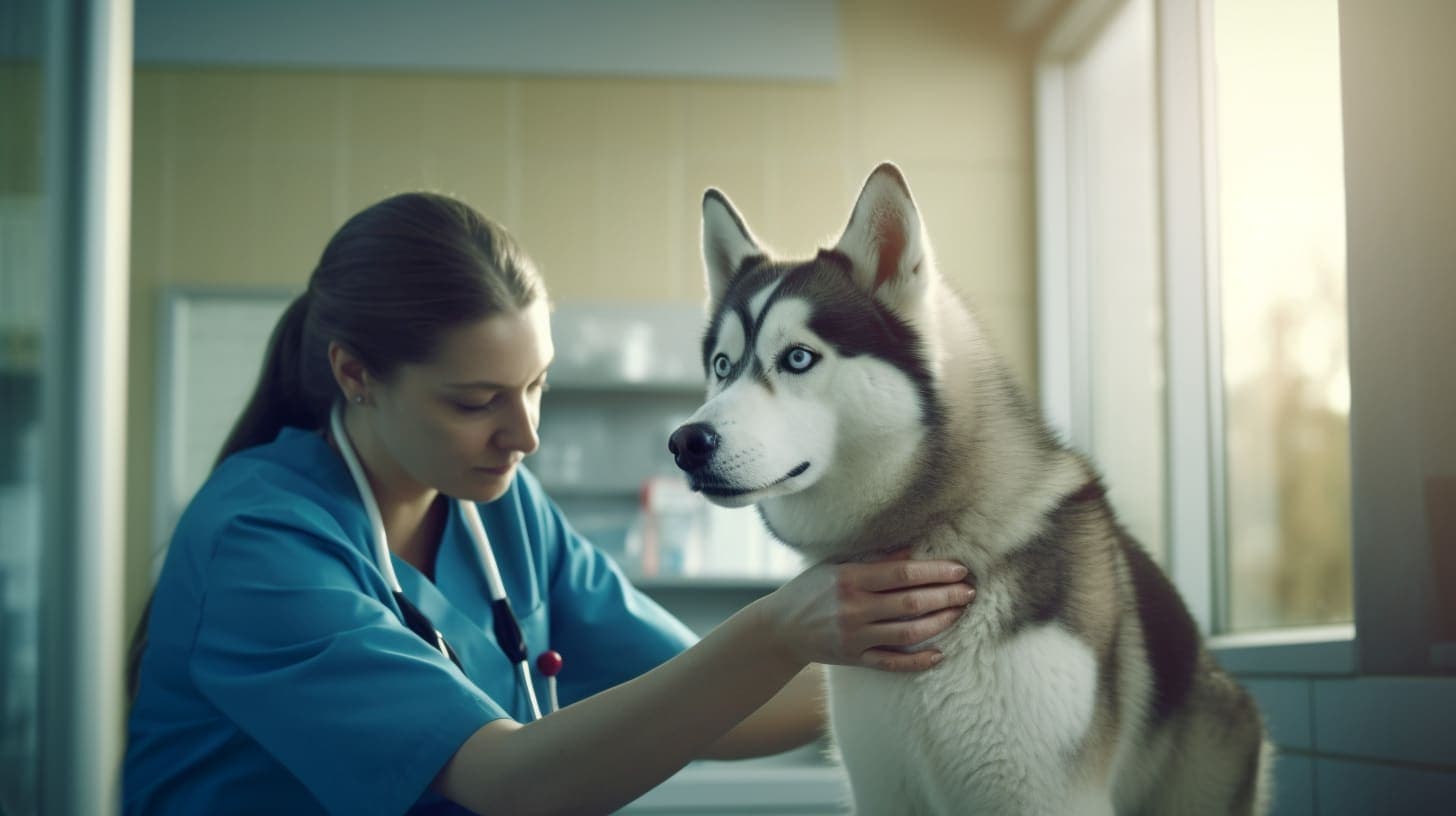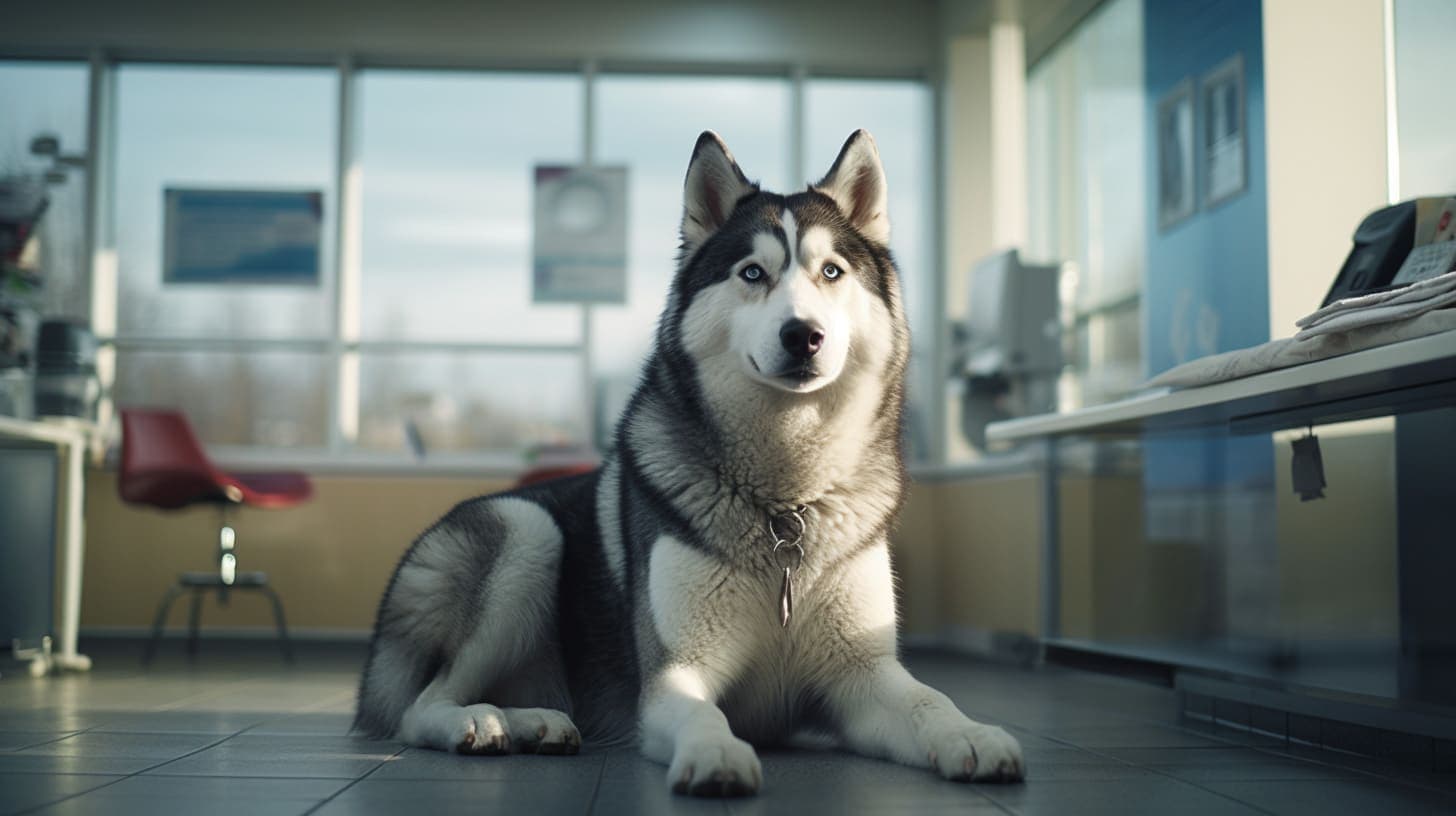Braving the Chill: How Cold Can Huskies Survive?
By Team Husky••10 min read

Tags
Cold Tolerance|Cold Weather Safety|Extreme Temperatures|Huskies|Husky Care|Weather Adaptation
Related Articles

Husky Care>Health & Safety
Why Regular Vet Check-ups are Crucial for Your Husky’s Health
Keeping your Husky healthy requires more than daily walks and a balanced diet. Regular vet check-ups are essential for early detection and prevention of common health issues. Discover how these vet visits can contribute to a long, happy life for your Husky.
October 18, 202315 min read

Husky Care>Health & Safety
The Essential Vaccination Schedule for Your Husky
Discover the importance of booster shots and core vaccines in your Husky's health. Learn how to create a vaccination schedule that keeps them protected.
October 16, 20235 min read

Husky Care>Health & Safety
Recognizing and Treating Common Husky Health Issues
This comprehensive guide explores the common health issues faced by Huskies, offering detailed insights into recognizing symptoms early and providing optimal care. We delve into treatments, preventive measures, and tips to ensure the wellness of your beloved Husky.
October 12, 202315 min read